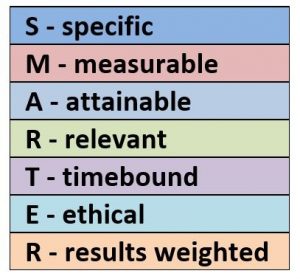All About Motivating the Right Behaviour
There’s been a lot of talk in the market place today about the value of performance plans. The naysayers claim that they are not driving performance in the way they were originally intended, and the supporters argue that all compensation should not be a guarantee. A point of intersection is the fact that everyone agrees that employees should be recognized for the contributions they make and the performance they deliver.
Open the Conversation
Organizations are notoriously bad at having “hard conversations” which are discussions on performance, behavior, or anything that can be interpreted as judgmental in any way. This is a problem because all organizations need to deal with negative activities when they arise and, more importantly, inspire the lion share of their employees to perform at their highest level. By doing so, they can maximize outcomes (sales, profits, etc.) and keep stakeholders happy. When it comes to compensation and governance, stakeholders are relatively quiet when organizations are successful and driving higher returns, but when things go south, board pressures increase because stakeholders tend to place more scrutiny on things such as compensation plans and demand changes to corporate governance.
Establish a Schedule
To properly drive performance, organizations need to first establish a schedule and stick to it! You’d be surprised how many boards get around to first discussing annual performance objectives half way through or at the end of the first quarter. This would be like betting on a horse race after the horses are out of the gates and sprinting toward the finish line. Two things happen here, staff feel that first quarter performance is not considered important and agreed targets are easier to hit. If you want employees to perform for the entire fiscal year, logically you need to agree on the performance objectives and targets before the fiscal year begins.
Implement SMARTER Objectives

A reasonable set of SMARTER objectives; Clarity and focus are other elements that help to set an organization up for success. Laundry lists of objectives do little to keep employees focus on essential outcomes and instead, have them struggle with prioritizing their time between multiple objectives that will have minimal impact on their overall incentive reward. Therefore, to help to keep employees focused and driven concise one-page scorecards are ideal and should clearly outline:
- Clear performance target expectations; and
- All rewards associated with each objective.
Once the performance cycle properly begins, hard discussions should be replaced with proactive coaching conversations focused around the scorecards where employees go into every meeting with absolute clarity on their performance and can engage in win-win conversations in overcoming barriers and/or achieving higher performance levels. Moving away from judgmental conversations and focusing discussions on performance improvement, helps engage employees on a higher level and affirms that everyone wants the same thing – higher performance.
Performance management plan naysayers most likely develop their opinion on experiences and aspects associated with poorly executed and unclear plans that do little to motivate employees. Implementing simple things such as a schedule, scorecards, and win-win coaching conversations go a long way and help ensure that performance remains a priority and that stakeholder expectations are being met.
